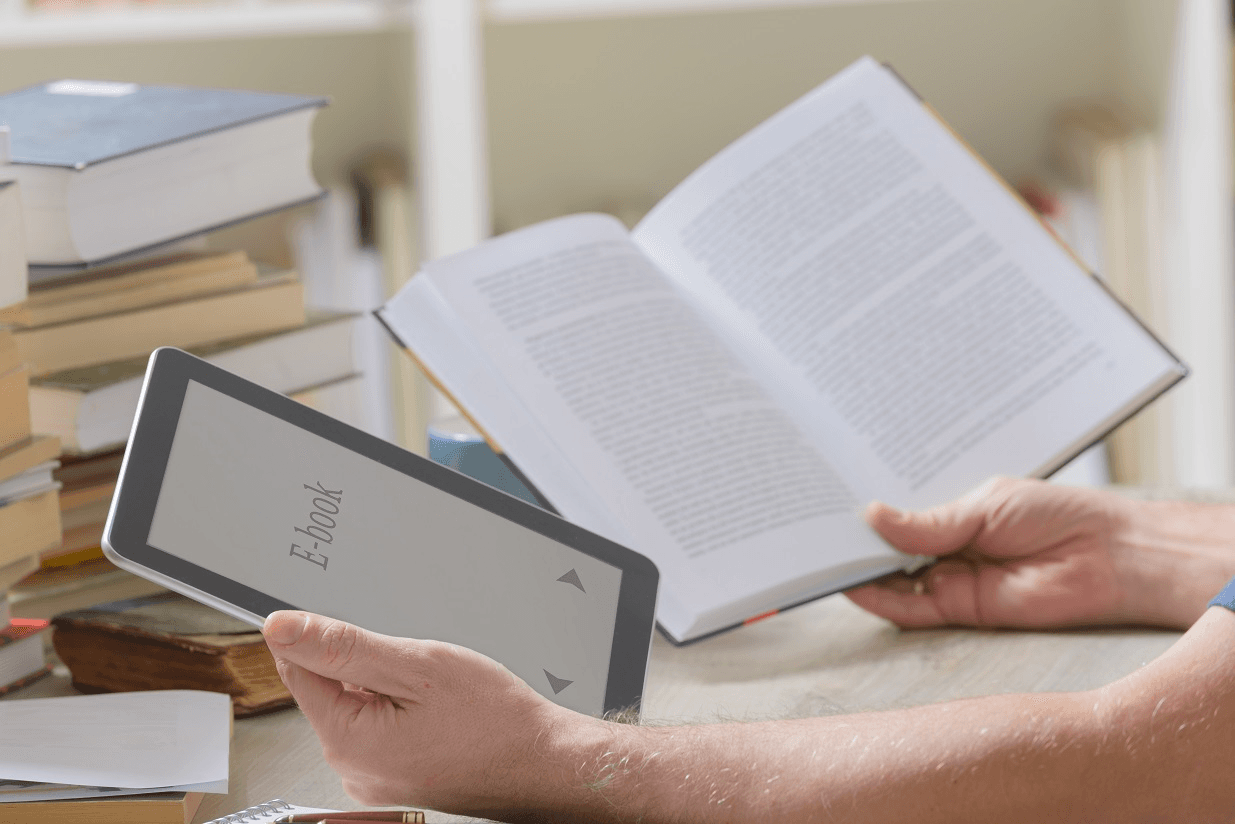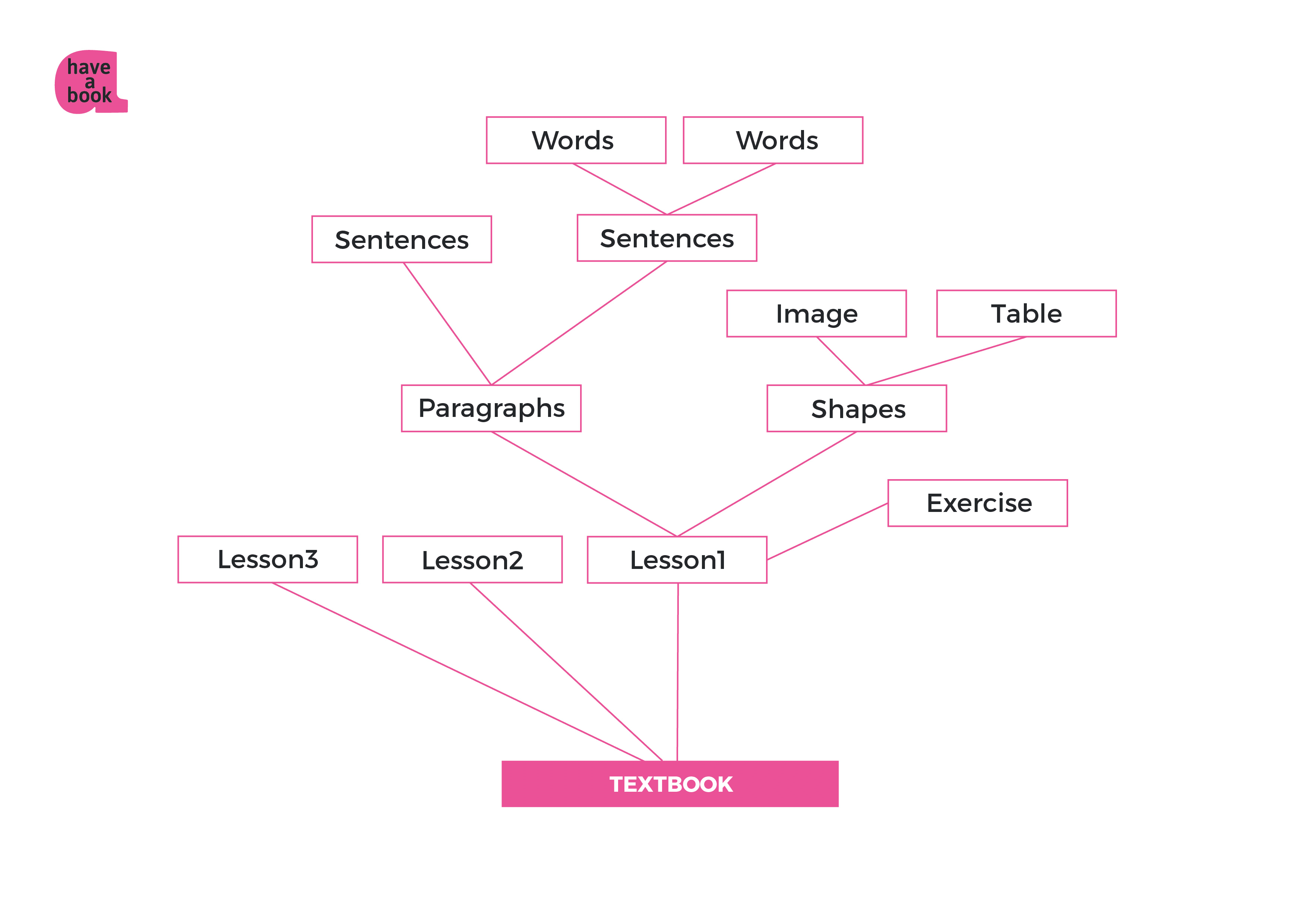Epublishing for education: what you should know about ebook conversion (Part 1)

Ebooks seen from developer’s perspective
We are all familiar with printed books and most of us have an idea of how they are produced. Traditional books accompanied us from early childhood and essentially became a part of our lives. We cherish the moments we spent buying them, opening them, flicking through them to search for the illustrations. The emotions arise when preparing for reading and adjusting the light. We remember the scents and feelings of an old book or a new one. Many details matter. The thickness and the texture of each sheet of paper, the weight of the whole book. It’s part of the unique pleasure of owing a book, displaying it on a shelf or sharing it with a friend.
For several years I’ve been reading ebooks and working as an ebook developer, dealing with complex content. For these reasons I have special thoughts, opinions and feelings towards digital books. Today I would like to share with you my very own perspective on what ebooks truly are and why they are not the same as their printed versions.
Don’t just think of books filled with blocks of text. Think of any book or publication you’ve had in your hands at any time in your life. This can be a novel with illustrations, a textbook with maths or chemical formulas, a medical publication with complex pictures or a cook book.
What a printed book is, everyone knows…
From the very informative point of view a traditional book usually includes these elements: an (attractive) cover, the author’s name (there may be a note about him or her), a brief introduction. When you look at the functional side of it, other aspects are also involved – for example:
- the size of the book - it should fit in your bookshelf or a briefcase
- an easily accessible table of contents – so you can grasp the book‘s structure and content at first glance
- numbered pages – to help you find your place when you put the book down and start reading again
- legible graphics – colourful or black and white
- legible text – typical font size and typeface
- the dust jacket – the flaps may be used as a bookmark.
However, when trying to evaluate the functional side, some disadvantages appear:
- lack of, or less, portability. Even one big book is uncomfortable to carry around, let alone more space to keep it on the shelf, or the floor if you prefer
- eye-strain if the typesize is too small. In poor lighting, it’s difficult to read, especially when you get older
- more engaging buying process
- hard to find the vital quote especially when you don’t remember in which book to look

My love for electronic books
The turning point for me to lean towards ebooks was when I started focusing on my personal development. For me, this meant reading lots of technical and educational books. It required efficient search for information – possibility from different sources – comparing or even copying them. New tech devices (my phone, computer, tablet) gave me quick access to all my assets from anywhere. They also helped me to manage my time better. Widely understood accessibility was a key here.
Today I can consume any book in many different ways. I can read it or listen to it. I can enlarge its text or change its colour. I can display the text in the way that best suits my needs.
So, you can too. You can start the interaction with an ebook via a device and its interface such as a screen, headphones, braille reader and so on.
How does an ebook work?
To make the ebook work, all its elements MUST be well-organised. In fact an electronic publication together with an application (in this case an e-reader) is a form of database. Each file of an ebook, no matter what format it’s in, is nothing more than the well-structured data of an original book: text, graphics, tables, footnotes, endnotes etc. The relationships between these elements plays an equal role to the data organisation.
Imagine a printed book being cut into single elements: paragraphs, graphics, tables, page numbers, chapters etc. Then imagine that each of these elements were conjoined (paired together) in such a way that it was possible to assign them to specific groups of elements. Together, they form a hierarchical structure that makes up the publication or the book.
For example: a graphic in the book refers to a certain paragraph. The paragraph is the smallest logical element of the book (this could be a single thought or someone’s statement). These elements belong to the chapter, and the chapter belongs to the book. Another example: each field in a table is an element of a row; rows together with the headers make up a table that belongs to the text etc. Each part of the publication has an assigned function (title page, chapter, editorial page etc.), thanks to which we know their order, we can jump over them using the dynamic table of contents, and freely search them. We do not have to flip through the entire publication every time, but we can jump straight to the selected page or excerpt.

In addition, a book file includes so-called graphics rules. In professional language these rules are called CSSs (cascading style sheets). CSSs describe how elements are to be displayed on screen, paper or in other media. In general, the content presented in an ebook is virtual and in fact does not have any layout. E-readers usually build up their own layout, which is not attractive nor functional. But CSSs can modify this and present the content the way we want – in most cases, up to 100% of the original book.
In other words an e-reader (the app) based on these rules (CSSs) understands how to present the content on the screen. Thanks to this, it can display pages in different sizes, proportions or colours.
The quality of preparation of both elements determines the functionality of ebooks and the quality of their operation in various applications and on various devices.
What should we expect from an ebook?
Simply put, an ebook should:
- work on our e-reader (device plus application). This can be one of many tablets, phones or a computer application. There are thousands of combinations of devices and applications to choose from.
- provide access to the entire library from the user's devices
- be displayed optimally for your needs (font size etc.)
- allow easy navigation, searching, copying, remembering opened pages etc.
Ebooks and printed books are produced completely differently
Despite ebooks and printed books having the same content and appearing similar, the two forms are prepared in completely different ways. The conversion process is complex and requires a creative approach. Rarely does a book prepared for printing have a carefully designed logical structure because the paper form doesn't require it as much as the electronic one.
When we start an ebook conversion, building the data structure required in an electronic publication is often not an easy task. So getting a good ebook based on a book designed for print is a challenge. We deal with this every day, but more on that soon.
This article was created based on the original story written by our colleague Tom.